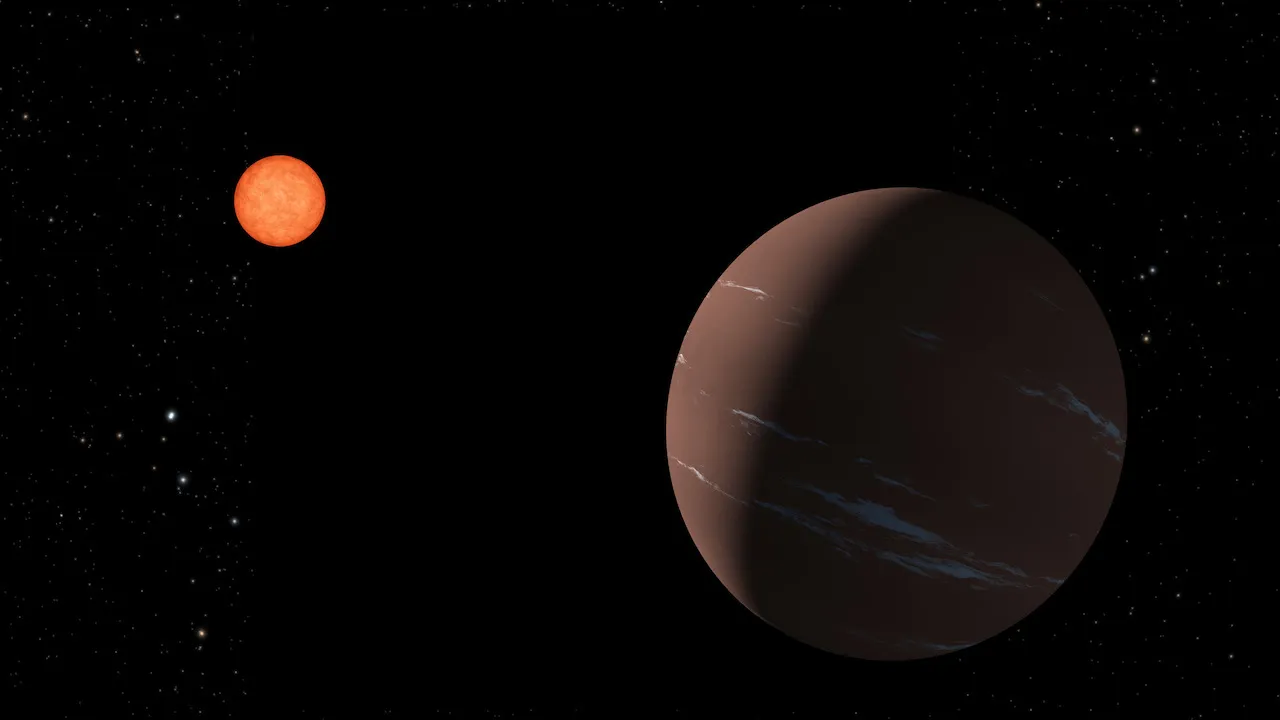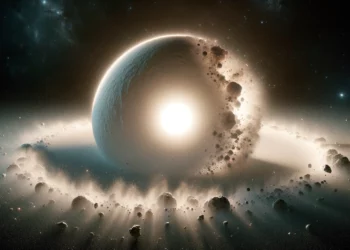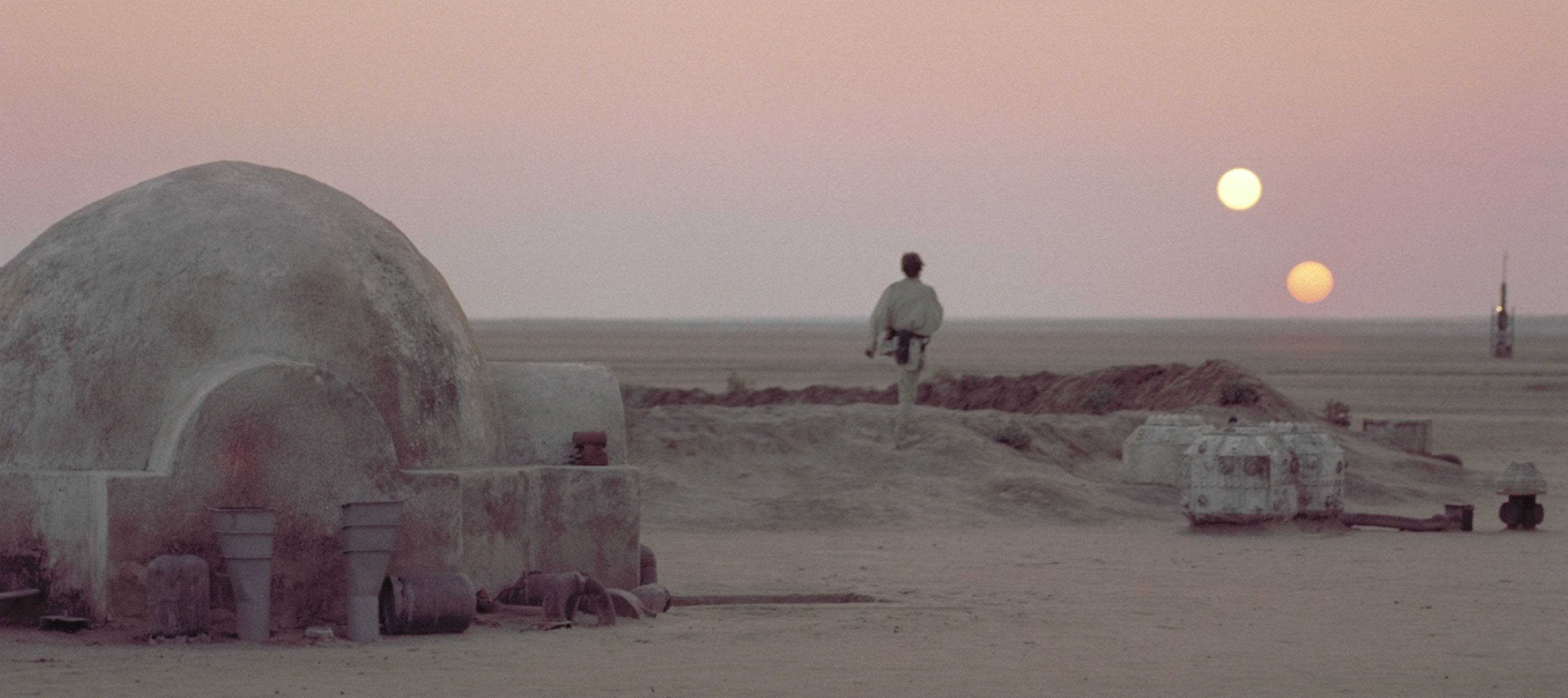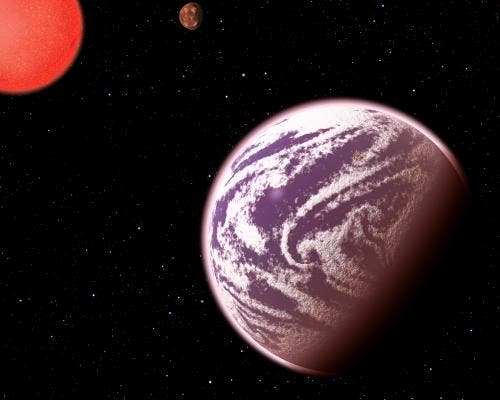An international team of astronomers has discovered a “super-Earth” nestled in the habitable zone of a red dwarf star. It’s situated only 137 light-years from Earth. This finding, detailed in the Monthly Notices of the Royal Astronomical Society, not only adds a new candidate to the roster of potentially habitable worlds, but also raises the possibility of a second, Earth-sized planet within the same system. Both were picked up by TESS (the Transiting Exoplanet Survey Satellite).
The primary planet, named TOI-715 b, measures about 1.5 times the width of Earth and resides within what scientists call the “conservative” habitable zone of its parent M4 dwarf star. Given the right atmospheric conditions, this zone is defined by the range of distances at which liquid water could conceivably exist on a planet’s surface.
TOI-715b orbits its star every 19 days, offering frequent opportunities for observation. The planet’s shorter orbital period, a result of the smaller and cooler nature of its red dwarf star, allows it to exist within the habitable zone despite its close proximity.
If confirmed, the potential second planet in the system would be the smallest habitable-zone planet discovered by TESS to date.
M-dwarf stars like TOI-715, smaller and cooler than our Sun, are fertile hunting grounds for potentially habitable planets. Their smaller size allows for easier detection of orbiting planets through the transit method, where astronomers observe the slight dimming of a star’s light as a planet passes in front of it. Moreover, the shorter orbital periods of planets mean that transits occur more frequently, making gathering data on their physical and atmospheric properties easier.
However, the habitability of planets orbiting M dwarfs is a complex issue. Stellar activity, including frequent flaring, can have both positive and negative effects on the potential for life. On the one hand, flares could provide the energy necessary for sparking the chemical reactions needed for the emergence of life. On the other hand, intense stellar radiation could strip away a planet’s atmosphere, exposing any life forms to harmful cosmic rays.
Red dwarf stars are increasingly recognized as promising places to search for habitable planets. Their smaller, cooler nature allows planets to orbit closely without becoming too hot for life, and their size makes transiting planets easier to detect and study. The regular transits of planets like TOI-715 b facilitate repeated observations, essential for gathering detailed data on their properties.
Planet TOI-175 b joins the list of habitable-zone planets that could be more closely scrutinized by the Webb telescope, perhaps even for signs of an atmosphere. Much will depend on the planet’s other properties, including how massive it is and whether it can be classified as a “water world. This would make its atmosphere, if present, more prominent and far less difficult to detect than that of a more massive, denser and drier place, likely to hold its lower-profile atmosphere closer to the surface.






